The automotive industry is at a pivotal crossroads where manufacturers strive to uphold their rich legacies while embracing groundbreaking technological advancements. This dual focus presents both challenges and opportunities as automakers aim to captivate both traditional car enthusiasts and modern tech-savvy consumers. Understanding how these brands navigate this landscape is crucial for comprehending the future of the automotive world.
Heritage in the Automotive Industry

Brand legacy and historical identity play significant roles in consumer perception within the automotive industry. Many consumers form emotional connections with car brands, often rooted in the nostalgia of iconic models. Brands like Ford, with its Mustang, or Volkswagen, with its Beetle, have built generations of loyal customers who appreciate the continuity of design and spirit. The legacy of these vehicles is not just in their names but in the stories they tell—stories of innovation that once broke the mold and now form the cornerstone of their brand identity.
Over the decades, iconic models have evolved, blending tradition with modernity. Take, for example, the evolution of the Porsche 911. Since its debut in the early 1960s, it has undergone numerous transformations, yet it retains the unmistakable silhouette and driving experience that enthusiasts adore. This careful balance of honoring the past while adapting to the present is a testament to the brand’s commitment to its heritage.
Additionally, preserving traditional craftsmanship in an era of mass production is a challenge automakers face. Brands like Rolls-Royce and Bentley continue to emphasize bespoke craftsmanship, ensuring each vehicle is a work of art. These companies employ skilled artisans who painstakingly assemble interiors by hand, maintaining an element of old-world charm in a modern production line. This dedication to craftsmanship enhances their brand’s legacy while adapting to contemporary consumer expectations.
The Drive for Innovation
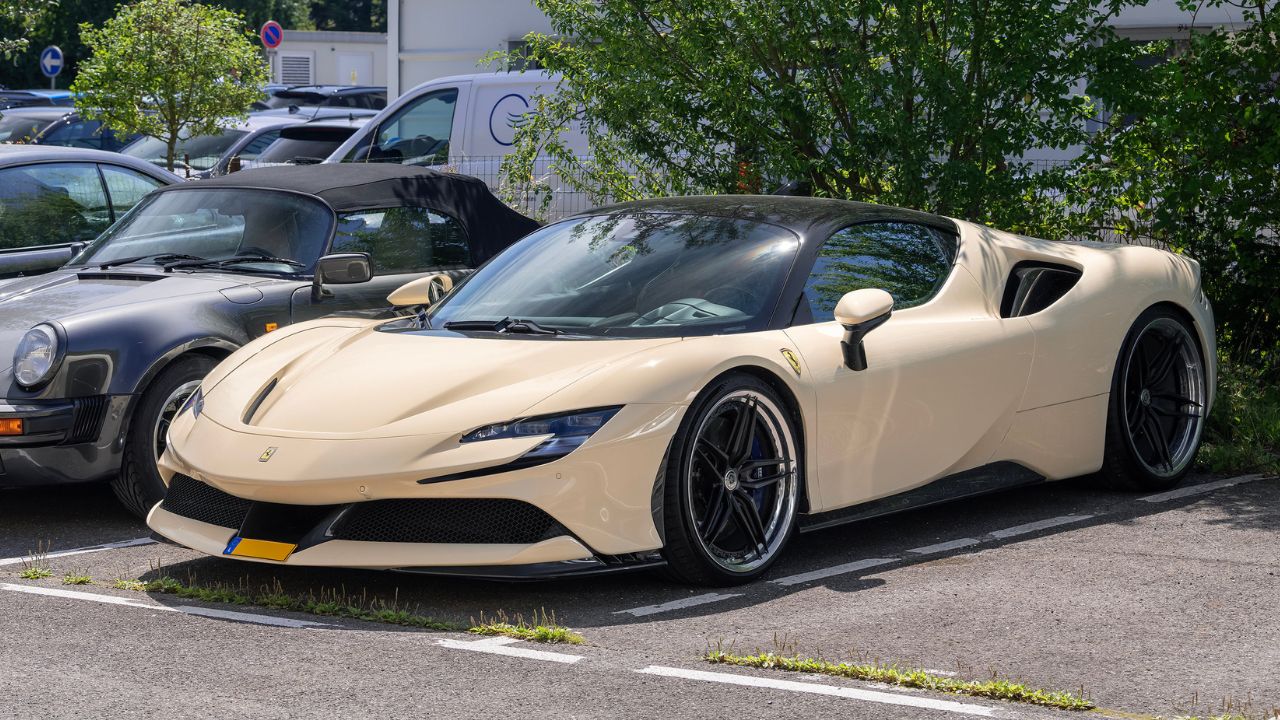
Technology has significantly impacted automotive design and functionality, reshaping the way consumers interact with their vehicles. Advanced driver-assistance systems (ADAS), like Tesla’s Autopilot, have introduced a new era of safety and convenience. These technologies are not just add-ons but integral to the vehicle’s identity, changing how cars are perceived and used. Automakers are also leveraging technology to improve fuel efficiency and reduce emissions, aligning with growing environmental concerns.
Emerging trends such as electric vehicles (EVs), autonomous driving, and connectivity are at the forefront of this innovation. The rise of EVs, led by pioneers like Tesla, has forced traditional automakers to rethink their strategies. Companies like General Motors and Ford are investing heavily in electric technology, aiming to release numerous electric models in the coming years. Autonomous driving, while still in development, promises to revolutionize the industry further, with companies like Waymo and Uber testing self-driving technologies that could one day become standard.
Automakers are redefining performance through innovation, focusing not only on speed and power but also on sustainability and efficiency. The introduction of hybrid supercars, such as the Ferrari SF90 Stradale, highlights this shift. These vehicles offer exhilarating performance while minimizing environmental impact, appealing to a new generation of eco-conscious consumers. This redefinition of performance demonstrates the industry’s commitment to innovation while respecting traditional automotive values.
Balancing Act: Heritage vs. Innovation
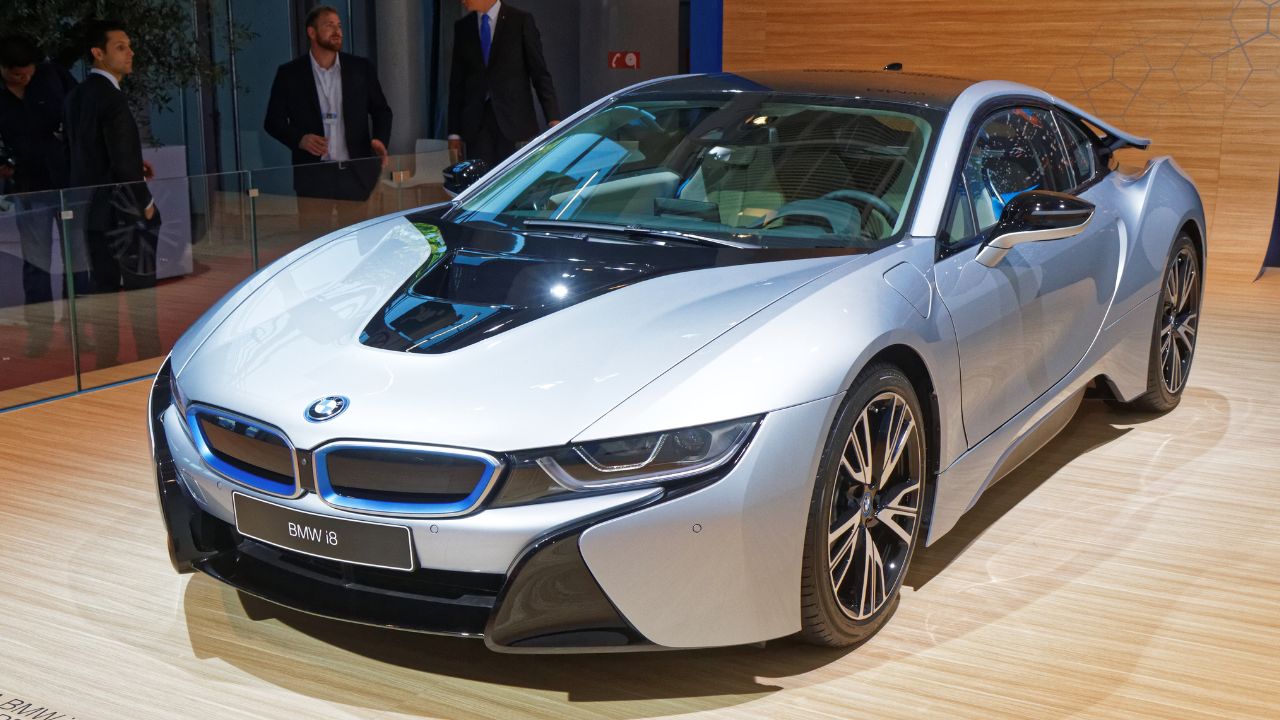
Several automakers have successfully integrated tradition with technology, creating a harmonious blend of heritage and innovation. The BMW i8 is a prime example, combining the brand’s classic driving experience with cutting-edge hybrid technology. This model showcases how a company can maintain brand authenticity while embracing new advancements, offering consumers the best of both worlds.
Maintaining brand authenticity while innovating is crucial for legacy brands. Consumers expect a certain level of familiarity and trust from these companies, which can be challenging when introducing disruptive technologies. A brand like Alfa Romeo has managed to strike this balance by incorporating advanced technology into its vehicles without compromising the passionate driving experience its consumers expect. This approach ensures that innovation does not dilute the brand’s core values.
Legacy brands face several challenges in adopting new technologies, including the risk of alienating their traditional customer base. These brands must navigate the fine line between innovation and heritage, ensuring that new advancements complement rather than overshadow their storied past. This requires careful consideration of consumer expectations and a willingness to adapt while staying true to their core identity.
Consumer Expectations and Market Trends

Consumer preferences have shifted significantly towards sustainable and tech-driven vehicles, prompting automakers to adapt their strategies. The growing demand for electric and hybrid vehicles reflects a heightened awareness of environmental issues among consumers. Brands like Toyota, with its Prius model, have been at the forefront of this movement, setting a precedent for others to follow.
Globalization and diverse markets have also influenced automotive design, requiring automakers to cater to different cultural preferences and regulations. This has led to a more inclusive approach to design, with companies like Nissan and Hyundai producing vehicles tailored to various regions worldwide. Understanding these market trends allows automakers to develop products that resonate with a broader audience, enhancing their global appeal.
Heritage storytelling has become a powerful tool for automakers to appeal to modern consumers. By leveraging their history, brands can create a narrative that connects emotionally with their audience. Jaguar, for instance, often references its racing heritage in marketing campaigns, linking its current models to a legacy of speed and performance. This storytelling helps bridge the gap between the past and present, making heritage relevant to today’s consumers.
Future Outlook for Automakers

Predictions for the next decade in automotive innovation suggest an exciting and transformative period ahead. With advancements in battery technology, electric vehicles are expected to become more affordable and accessible, potentially leading to widespread adoption. Additionally, the development of autonomous vehicles is anticipated to progress significantly, with companies continuing to refine and test these technologies for commercial use.
Partnerships and collaborations will play a crucial role in advancing technology within the automotive industry. Companies are increasingly forming alliances to share resources and expertise, accelerating innovation. For example, the partnership between Ford and Volkswagen aims to develop electric and autonomous vehicles, illustrating how collaboration can drive progress in a rapidly evolving market.
Strategies for maintaining brand relevance in a rapidly changing industry involve a combination of innovation and respect for heritage. Automakers must continue to innovate while honoring their legacy, ensuring that their brand remains pertinent to both traditional and modern consumers. By focusing on sustainability, technological advancements, and heritage storytelling, automakers can navigate the complexities of the current landscape and prepare for a future defined by change.
Like Fast Lane Only’s content? Be sure to follow us.
Here’s more from us:
*Created with AI assistance and editor review.


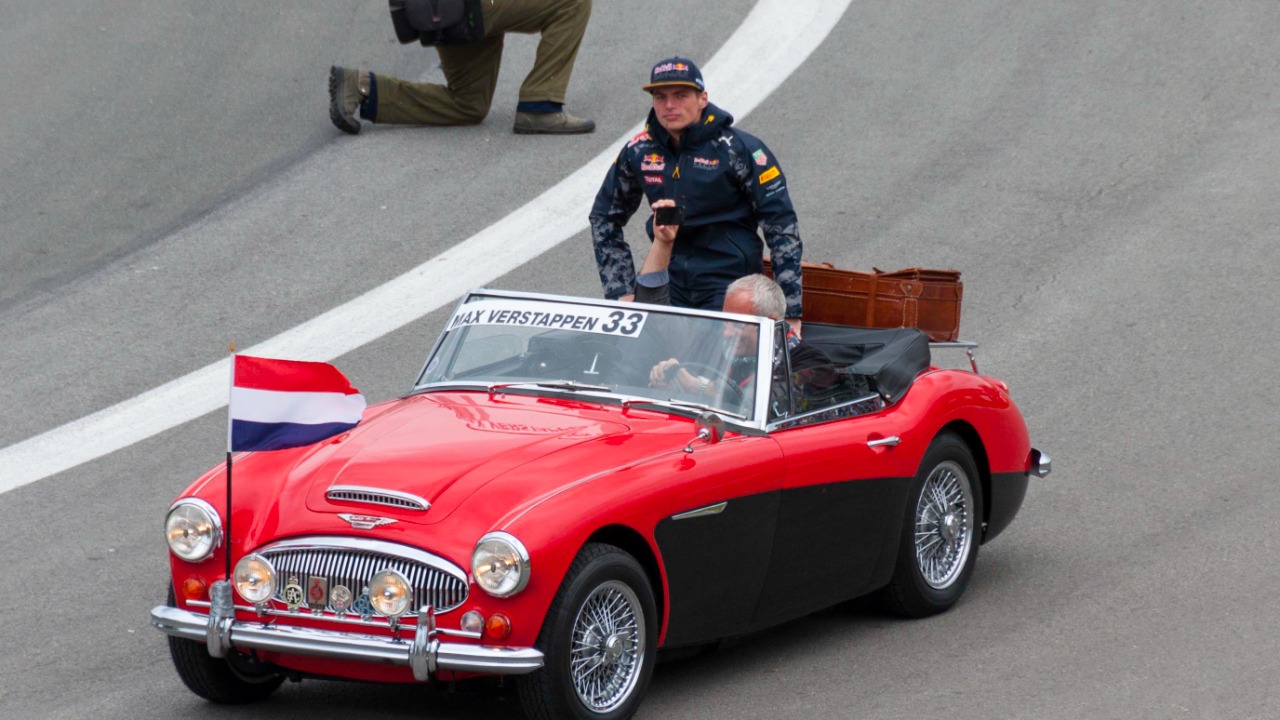
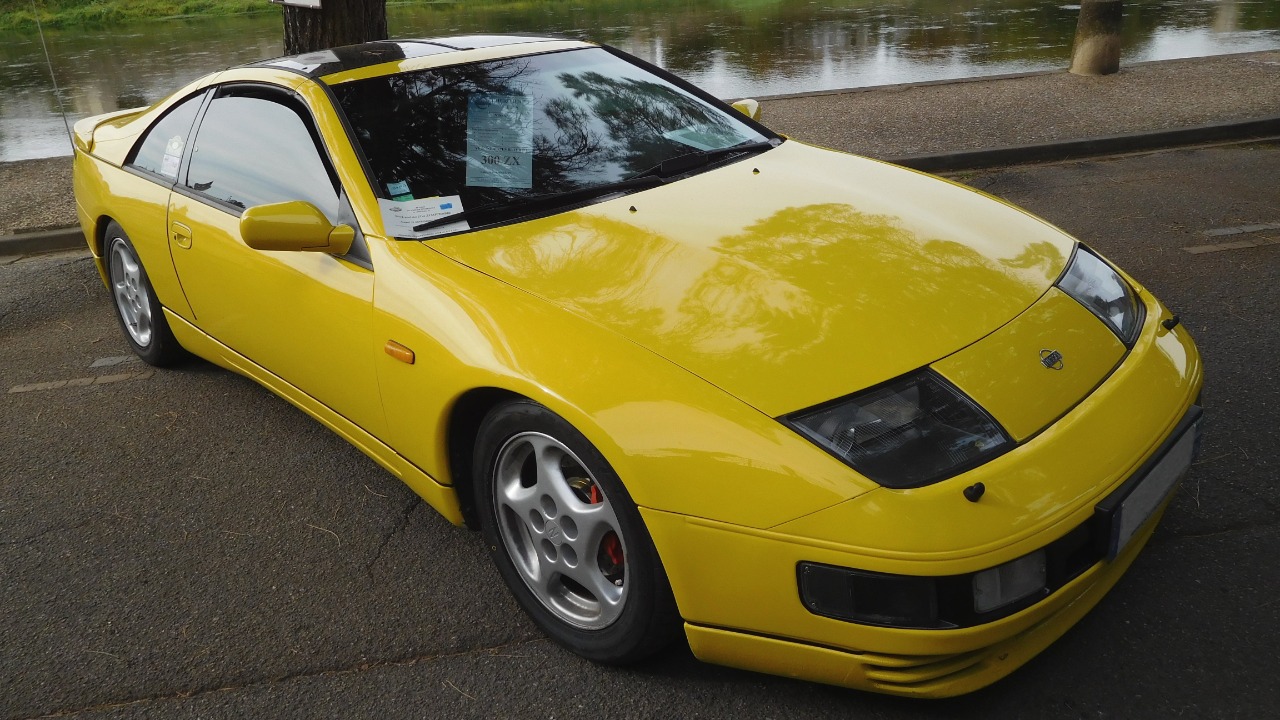
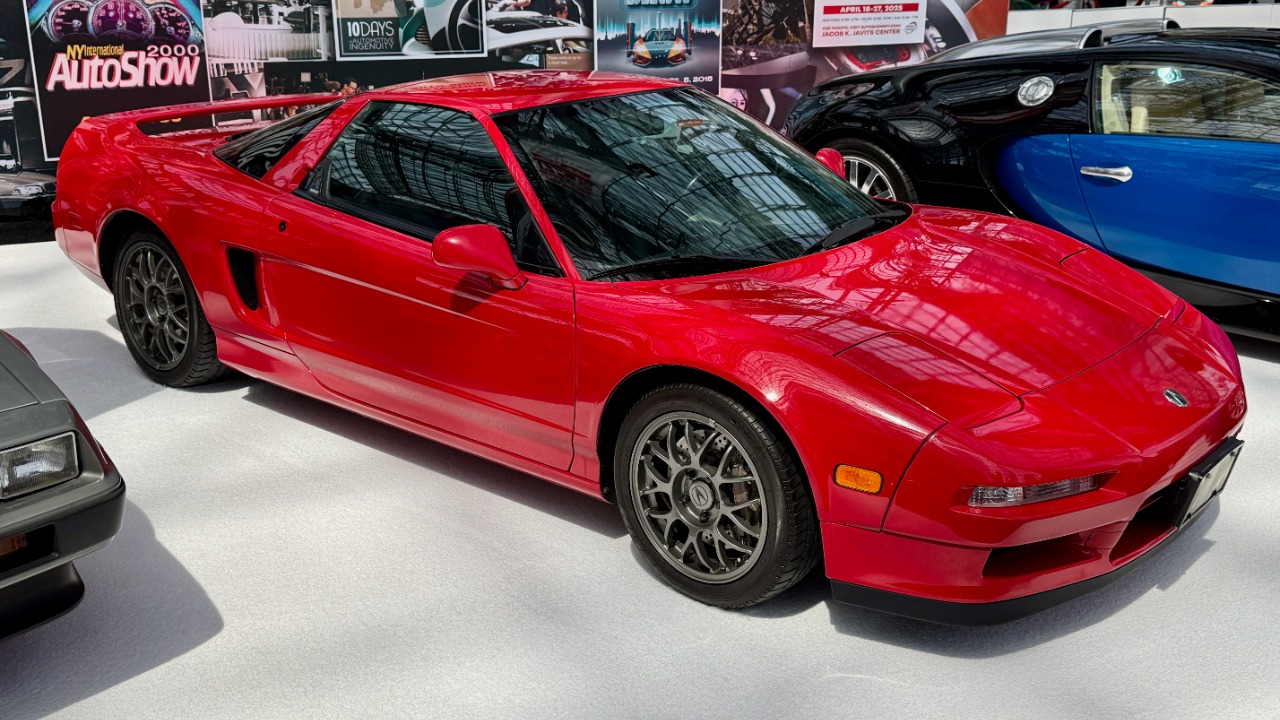
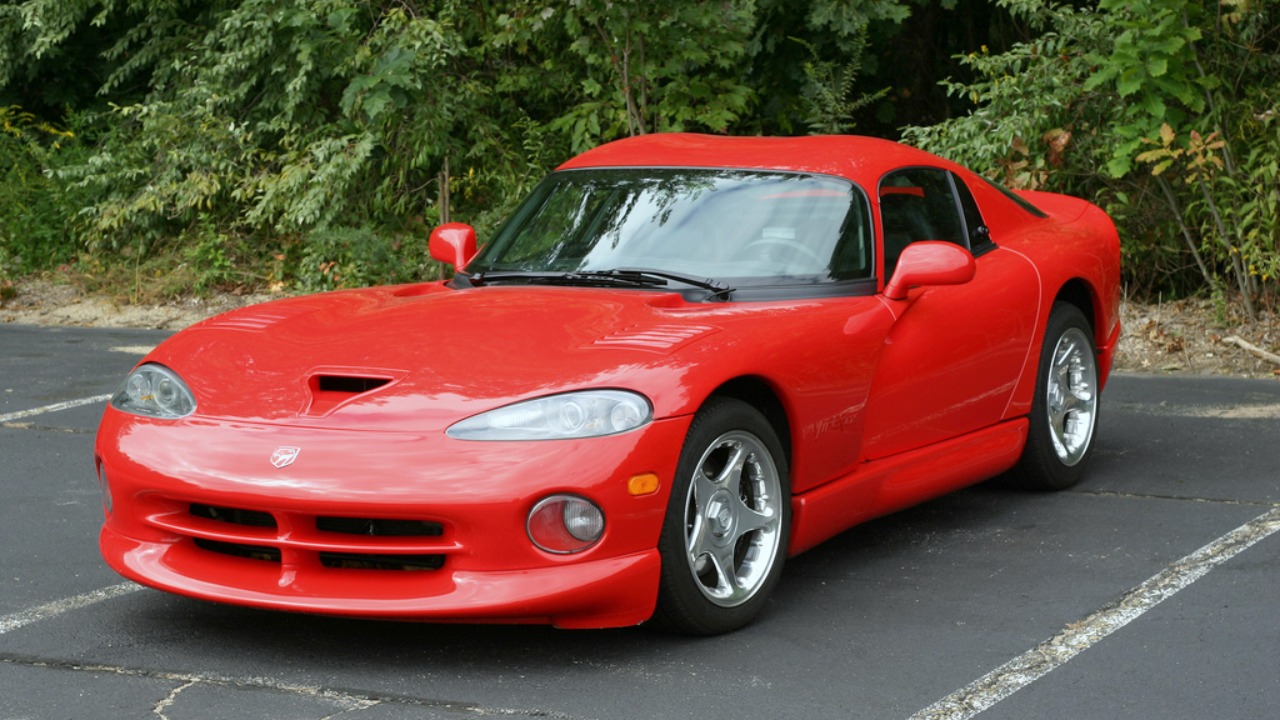

Leave a Reply